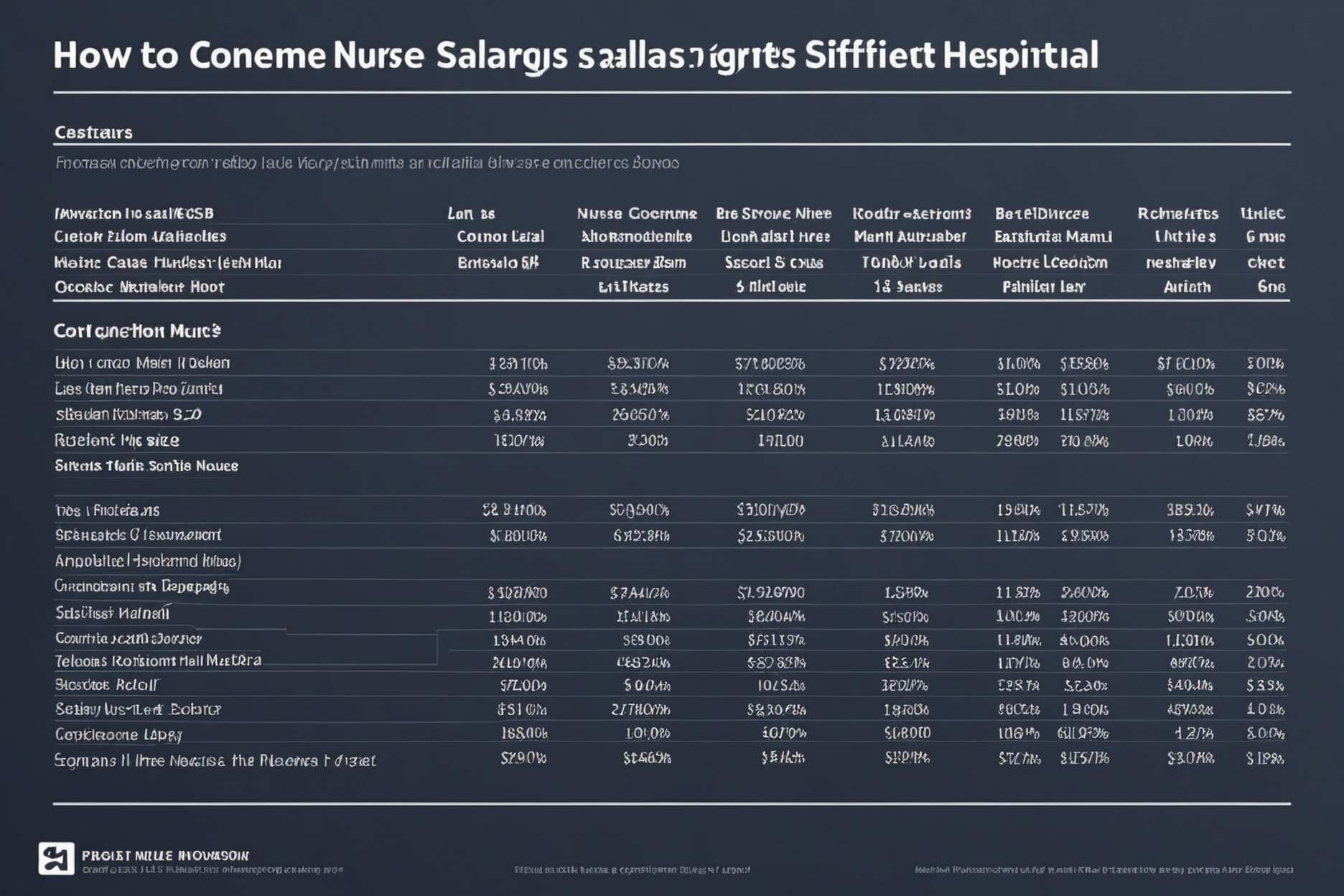
A peek inside some leading research labs shows how scientists-turned-detectives are painstakingly decoding what causes autoimmune diseases and how to stop the immune system from attacking you instead of protecting you.
It’s a huge challenge. By the National Institutes of Health’s newest count there are about 140 autoimmune diseases affecting tens of millions of people.
Unraveling them requires patience, persistence — and sophisticated technology to even see the suspects. Researchers use laser-powered machinery and brightly colored fluorescent dyes to tell rogue cells from normal ones.
Take Type 1 diabetes, caused when cells in the pancreas that produce insulin are gradually killed off by rogue T cells. In a biomedical engineering lab at Johns Hopkins University, researchers examine mouse pancreas cells on a computer screen. Red marks the killer cells. In yellow are “peacemaker” cells that are supposed to tamp down autoimmune reactions – but they’re outnumbered.
Another type of immune cell, B cells, drive autoimmune diseases by producing antibodies that mistake healthy tissue for foreign invaders. At NIH, Dr. Iago Pinal-Fernandez studies myositis, a poorly understood group of muscle-weakening diseases. His research shows rogue antibodies don’t just damage muscles by latching onto their surface. They can sneak inside muscle cells and disrupt their normal functions in ways that help explain varying symptoms.
“When I started, nothing was known about the type of autoimmune disease we study. Now finally we’re able to tell patients, ’You have this disease and this is the mechanism of disease,” he said.
In another NIH lab, Dr. Mariana Kaplan’s team is hunting the root causes of lupus and other autoimmune diseases — what makes the immune system run amok in the first place — and why they so often strike women.
Today's drugs tamp down symptoms but don't correct the problem. Now in early-phase clinical trials are treatments that instead aim to fix dysfunctional immune pathways.
At Hopkins, scientists are working on next-generation versions, not yet ready to try in people. In one lab, they're developing nanoparticle-based treatment to dial down pancreas-killing cells in Type 1 diabetes and ramp up “peacemaker” cells.
And in another Hopkins lab, researchers are developing what they hope will become more precise treatments for rheumatoid arthritis, lupus and other antibody-driven illnesses – drugs that search out and destroy “bad” B cells.
—-
The Associated Press Health and Science Department receives support from the Howard Hughes Medical Institute’s Department of Science Education and the Robert Wood Johnson Foundation. The AP is solely responsible for all content.
This is a documentary photo story curated by AP photo editors.
latest_posts
- 1
 Tech Development Disclosed: A Survey of \Usefulness and Configuration in Concentration\ Tech Item
Tech Development Disclosed: A Survey of \Usefulness and Configuration in Concentration\ Tech Item - 2
 Flourishing in a Cutthroat Work Market: Vocation Methodologies
Flourishing in a Cutthroat Work Market: Vocation Methodologies - 3
 The Specialty of Cleaning up: Change Your Space and Brain
The Specialty of Cleaning up: Change Your Space and Brain - 4
 Vote In favor of Your Favored Language Learning Applications
Vote In favor of Your Favored Language Learning Applications - 5
 Key Business Regulations to Consider While Arranging Your Independent venture
Key Business Regulations to Consider While Arranging Your Independent venture
 The Manual for Well known rough terrain Vehicles
The Manual for Well known rough terrain Vehicles ジャルジャル「1250円です」 初任給の思い出を明かす(サンケイスポーツ)
ジャルジャル「1250円です」 初任給の思い出を明かす(サンケイスポーツ) パルマがGK鈴木彩艶の診断結果を発表…左手中指と舟状骨の骨折、手術の可能性も(サッカーキング)
パルマがGK鈴木彩艶の診断結果を発表…左手中指と舟状骨の骨折、手術の可能性も(サッカーキング) Misjudged Objections For Solo Voyagers
Misjudged Objections For Solo Voyagers The most effective method to Look at Medical caretaker Compensations Across Various Clinics
The most effective method to Look at Medical caretaker Compensations Across Various Clinics 自宅のコンセント足りてる? 不満7割に、最大手が増やそうと新方針(朝日新聞)
自宅のコンセント足りてる? 不満7割に、最大手が増やそうと新方針(朝日新聞) Figuring out the Justification for Separation: To blame and No-Shortcoming
Figuring out the Justification for Separation: To blame and No-Shortcoming イグ・ノーベル受賞「ドッキリかと…」◆牛を虫から守る「しま模様」、人間にも効果あり?【受賞者インタビュー】(時事通信)
イグ・ノーベル受賞「ドッキリかと…」◆牛を虫から守る「しま模様」、人間にも効果あり?【受賞者インタビュー】(時事通信) Instructions to Pick the Right Toothpaste for Your Dental Requirements
Instructions to Pick the Right Toothpaste for Your Dental Requirements













